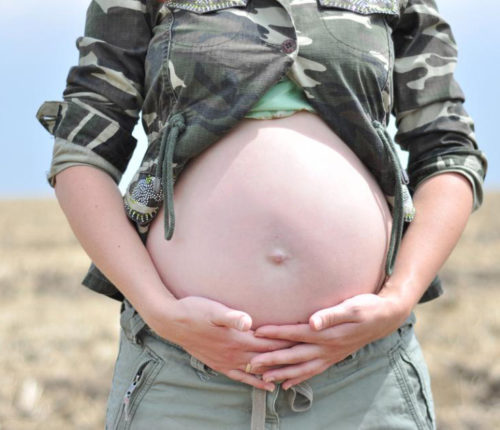
Veterans Exposed to Chemicals Linked to Birth Defects
Military personnel constantly face danger. The men and women who serve certainly accept some risks as part of the job. However, many veterans and their families suffer unexpected consequences because they were exposed to toxic substances during their time of service. According to research, American children born to veterans are at a heightened risk of developing birth defects or experiencing birth injuries.
The Gulf War
The U.S. Department of Veterans Affairs (VA) along with several other organizations has done research on infants born to veterans. This research dates back to the 1990’s. Per the studies, birth defects are on the rise among children born to Veterans who served in the Gulf War. Research suggests that veterans exposed to toxic chemicals during the war are transferring the hazards to their children.
Causes of Birth Defects From the Gulf War
Known as Gulf War Syndrome, many veterans now exhibit symptoms due to exposure to a mix of hazardous materials. These symptoms include:
- Chronic muscle pain
- Chronic joint pain
- Memory loss
- Confusion
- Diarrhea
- Tumors
- Neurological problems
The most common chemicals and other hazards include:
- Toxic oil from wells and fires
- Depleted uranium residue
- Anthrax vaccinations
- Pesticides
- Chemical nerve agents
- Pyridostigmine Bromide (PB); pre-treatment medication used against soman, a nerve agent
- Pesticides
- CARC paint
Common Birth Defects Associated With the Gulf War
In a 1997 study performed by the Walter Reed Army Institute of Research, results concluded that infants born to veterans have a seven percent greater risk of developing birth defects. Furthermore, in a 2004 study performed by the International Journal of Epidemiology, it was found that veterans who served in the Gulf War had a heightened chance of having infants with genital, digestive, urinary and musculo-skeletal system malformations. There is also a greater risk of miscarriage.
The Vietnam War
Veterans who served in the Vietnam War also report having children with birth defects and a host of other medical issues. According to the VA, spina bifida is the most common birth defect among Vietnam veterans. Spina bifida occurs when the spine fails to form properly. As a result, parts of the spine may poke through part of the backbone. In severe cases, the spine may protrude through the skin.
For the children of women who served in the Vietnam War, the list of potential birth defects are exorbitant, including:
- Cleft lip and cleft palate
- Achondroplasia
- Congenital heart disease
- Clubfoot
- Undescended testicle
- Williams syndrome
- Hydrocephalus
- Hypospadias
- Imperforate anus
- Hip dysplasia
Hazards and Chemical Exposure Associated With the Vietnam War
Similar to the Gulf War, there were also toxic hazards during both the Vietnam and Korean War, which are linked to birth defects.
Agent Orange, a combination of two defoliants, was used from 1962 until 1971. During this time, numerous veterans were exposed to the toxic chemical as more than 11 million gallons were spread across Vietnam. Also, dioxin, a toxic chemical byproduct, was saturated into the Agent Orange lending to its harmful, toxic effects.
Other hazards during the Vietnam War include:
- Malathion
- Agent White
- Agent Blue
VA Offers Benefits to Children of Veterans
The VA offers benefits to children of veterans who have birth defects. Children who meet certain VA criteria may receive benefits for healthcare and vocational training. These benefits are, of course, helpful. However, they do not take away the devastating impact that birth defects have on veterans and their families.

